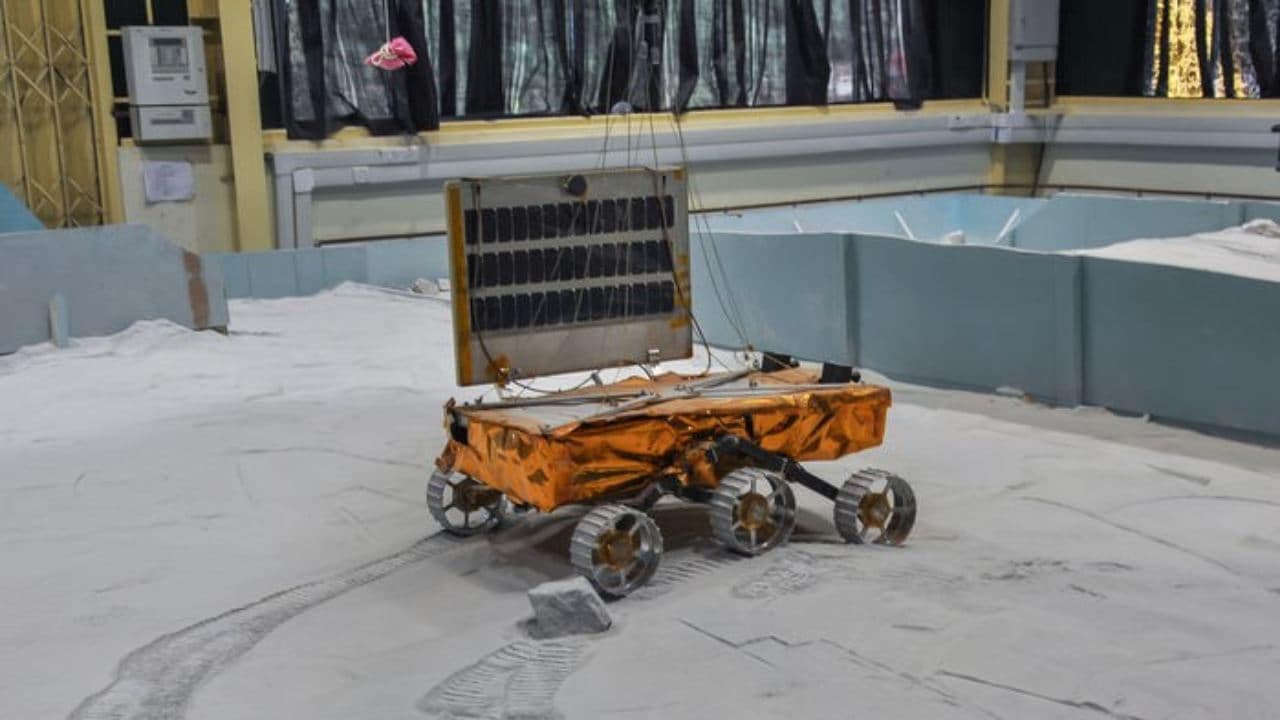NEVER ENDING DELAYS: ISRO's Chandrayaan-2 Mission On Hold After Moon Lander Vikram Damaged During Tests

So far, ISRO engineers have not decisively announced if the Chandrayaan-2 launch is delayed or postponed
The Indian Space Research Organisation's (ISRO) second mission to the moon, Chandrayaan-2, has been put on hold yet again. This time, the setback comes from a mishap with the moon lander, which sustained damage during preliminary tests ahead of the original plan to launch in April.
ISRO had sought a window in mid-April to launch the Chandrayaan-2 mission. However, the Vikram moon lander now has two minor injuries on its legs, leaving the space agency in a fix. Chairman of ISRO, Dr K Sivan, continued to convey that this isn't a 'delay' or a 'postponement', while the new launch window will most likely be in May.

The Chandrayaan-2 Rover during a mobility test
ISRO has also put together a 12-member task force led by D Srinivasan RK, that will assess the damage and look into any anomalies that may have caused it during the lander drop test, where the Vikram lander ran into problems. Both, the rover (which will be released from the lander after it makes a soft landing on the surface) and the orbiter, were found to be fit and successfully passed all the necessary tests and parameters for the mission, a report in the Times of India said.
But the lander's drop test, the legs were simply not strong enough to support the added weight from the changes made since the previous version. ISRO engineers have accommodated many changes to the lander since the Chandrayaan-2 mission was first conceived, the report adds.

The lander and orbiter will be stacked in the launch vehicle for the Chandrayaan-2 mission
"Some structural damage was found during the test. And then it has been found that this was because the test configuration and orientation were wrong," K Sivan said. "We will now do some modifications, but we cannot say that Chandrayaan-2 is delayed or postponed as we are looking for an optimal launch window."
Chandrayaan-2 may not be delayed by longer, and could still launch in the same window as originally planned, provided the repairs and corrections to the lunar lander can still be made and satisfactorily tested by then.



No comments:
Post a Comment